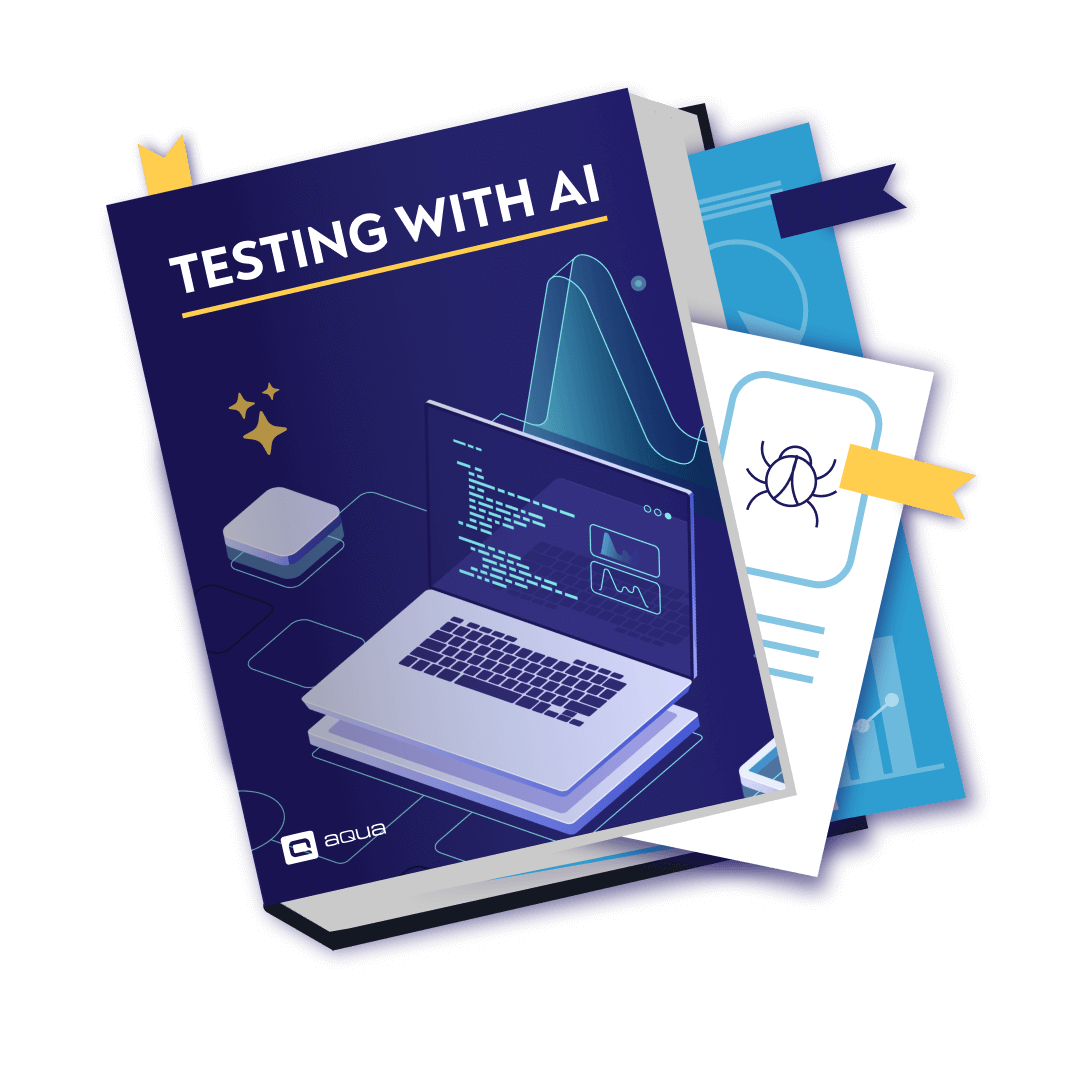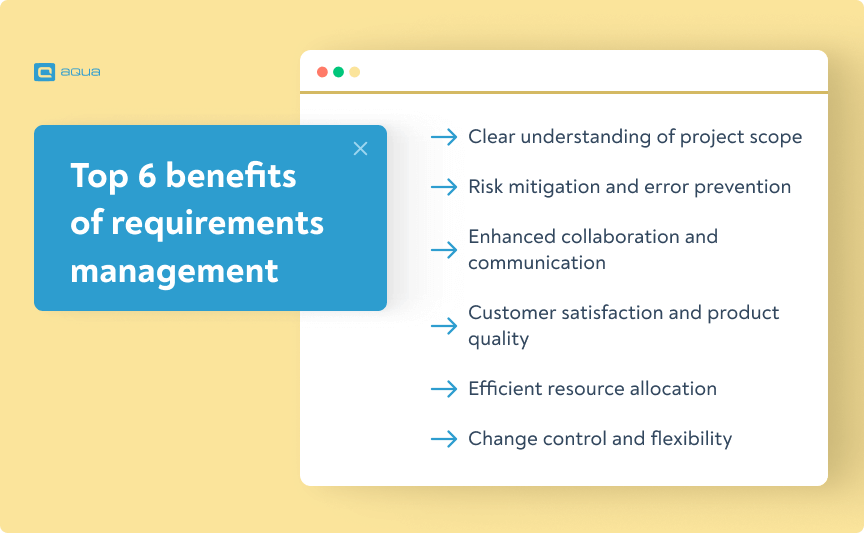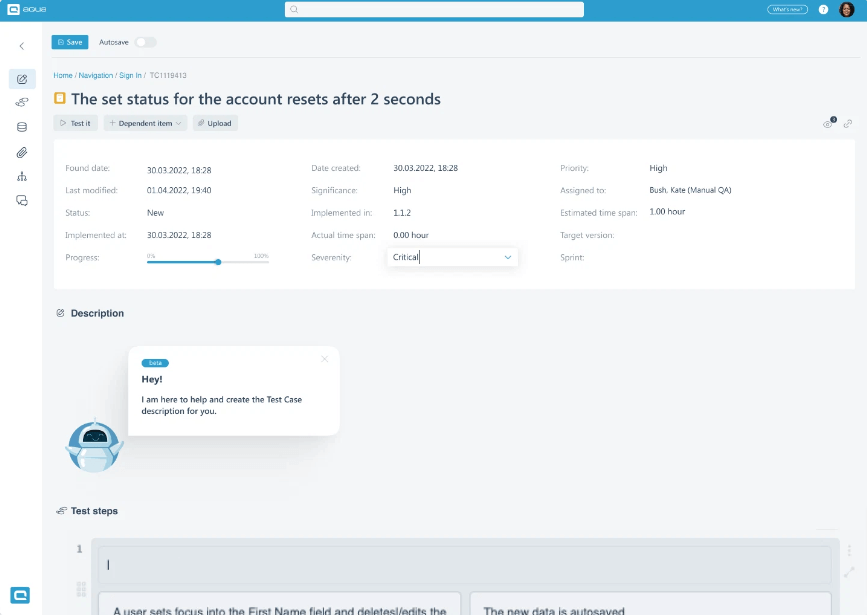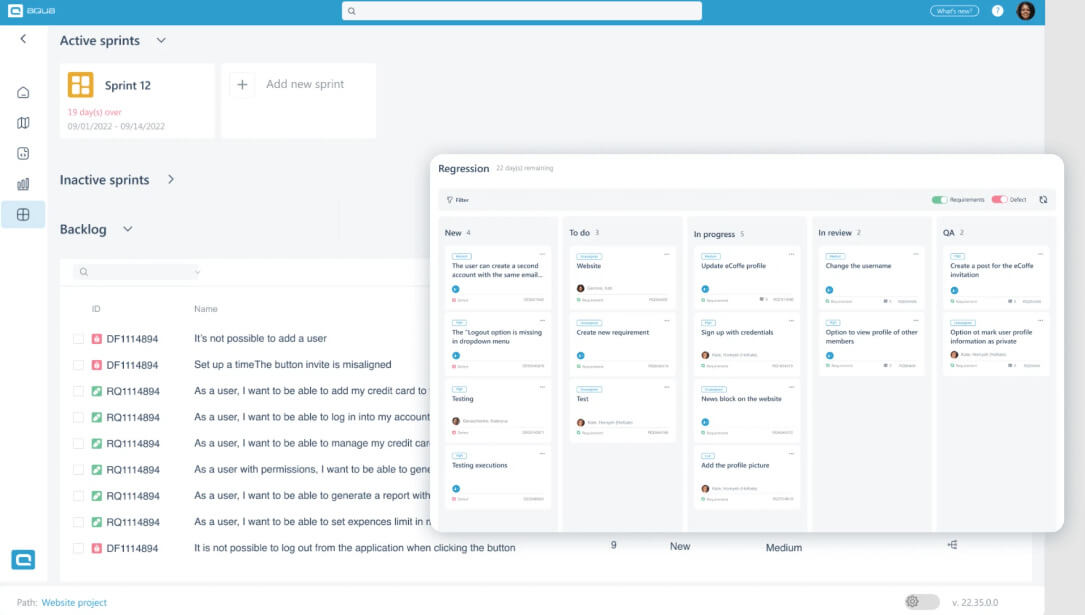This article will redefine your approach to requirements management and elevate your expertise to new heights.
Requirements Management Simplified
Requirements management systematically handles project specifications throughout product development by connecting business aims with real user needs. It’s your roadmap to building what stakeholders actually want, not just what they initially request. You should start with a simple traceability matrix; it’ll help you track how each requirement connects to business goals and catch misalignments before they become expensive problems. This approach has helped teams cut rework by up to half in complex projects.
Types of Requirements: Business, User, and System
Mastering project management means getting comfortable with different requirement types. Business requirements set the big-picture goals your organisation wants to achieve. User requirements capture what people actually need from your solution. System (or technical) requirements spell out the nuts and bolts of implementation.
These system requirements break down further: functional requirements (what the system does), non-functional requirements (how well it performs, including security), and domain requirements (industry rules you can’t ignore).
Start with a simple traceability matrix – it’ll help you connect these different requirement types and spot gaps before they become expensive problems. Many teams skip this step and end up with misaligned features that don’t actually support business goals.
Getting these layers right and keeping them connected slashes your risk of project failures. Companies with solid requirements practices see nearly half the rework compared to those who wing it.
8 reasons why requirements management is important
The requirements management process is inevitably crucial for the successful execution of any project, especially in complex projects like software development, engineering, or large-scale initiatives. Here are some key reasons why you need effective requirements management:
- A clear understanding of project scope: Well-defined requirements clearly show what needs to be accomplished, helping stakeholders align their expectations and project teams focus on delivering the right product without scope creep.
- Minimised risks: Requirements management helps mitigate costly errors and delays by identifying and managing potential risks earlier. It allows teams to address issues before they escalate into significant problems proactively.
- Resource optimisation: Properly managed requirements facilitate efficient allocation of resources. You can concentrate on the most critical features, reducing wasted time and resources on less important aspects.
- Improved communication: Clear documentation and requirements communication ensure everyone is on the same page. This minimises misunderstandings and improves collaboration.
- Change management: Inevitably, requirements change during a project. With practical requirements management, you ensure changes are evaluated, communicated, and appropriately implemented, maintaining project stability.
- Customer satisfaction: By understanding and meeting the customer’s needs, requirements management increases the likelihood of delivering a product that aligns with their expectations, leading to higher customer satisfaction.
- Traceability: Tracking requirements from inception to delivery enables traceability, vital for understanding the impact of changes and ensuring accountability throughout the project.
- Efficient project delivery: Streamlining requirements processes leads to more effective project management. It enables projects to progress smoothly, meet deadlines, and stay within budget.
Requirements Management: A 12-Step Process
Managing requirements effectively blends structure with flexibility, whether you’re using Agile or traditional approaches. Modern teams are now boosting this process with digital tools and AI. These tech additions are actually slashing documentation time while keeping everything connected and traceable.
Before diving in, audit your current requirements documentation: some teams discover they’re overcomplicating things by 30-40%. Start simple with a collaborative tool that integrates with your existing workflow instead of disrupting it entirely.
- Elicitation: In this initial phase, project stakeholders, end-users, and subject matter experts are consulted to gather requirements. Interviews, workshops, surveys, and brainstorming sessions elicit information about their needs and expectations.
- Documentation: Once the requirements are gathered, they need to be documented in a structured and organised manner, involving requirement documents, user stories, or use cases that clearly describe the desired functionalities and constraints.
- Analysis: In this step, you review and analyse requirements for consistency, completeness, feasibility, and clarity. Potential conflicts or ambiguities are identified and resolved to ensure a comprehensive and coherent set of requirements.
- Validation: The analysed requirements are then presented to stakeholders for review and feedback. This helps confirm that the requirements accurately represent their needs and expectations.
- Prioritisation: Not all requirements hold equal importance. Prioritising requirements based on their criticality and impact on project goals is essential to effectively focus efforts and allocate resources.
- Traceability: Establishing traceability ensures that each requirement can be traced back to its origin, helping you maintain consistency and enabling impact analysis when changes occur.
- Change management: Requirements are bound to evolve throughout the project lifecycle due to changing circumstances or stakeholder needs. An effective change management process ensures that changes are evaluated, approved, and communicated to all relevant parties.
- Baseline management: Once a set of agreed-upon requirements is established, it becomes the baseline against which changes are measured. This baseline acts as a reference point throughout the project.
- Communication: Clear communication of requirements to all stakeholders is crucial for project success. Effective communication ensures that everyone involved understands the requirements and their implications.
- Verification and Validation: V&V evaluates whether the delivered product or solution meets the specified requirements. Verification checks if the product was built correctly, while validation confirms if it meets the intended needs and expectations.
- Requirements tracking: Throughout the project, requirements are traced to design, development, and testing artefacts. This traceability helps ensure that all requirements are adequately addressed and implemented.
- Closure and lessons learned: At the end of the project, the requirements management process is closed out by documenting lessons learned, best practices, and any insights gained during the project’s execution. You can use this knowledge to improve future projects.
Staying abreast of the latest industry trends is essential as we explore the world of requirements management and its crucial role in successful QA. We have identified some groundbreaking testing trends shaping the future of software development and QA practices. This easily downloadable document involves everything from adopting AI-driven testing automation to integrating security testing at every stage and how these trends revolutionise your approach to software testing.

Save an impressive 12.8 hours per week per employee with 1 document
Top 6 benefits of requirements management
How do you benefit from an effective requirement management strategy? Here are the 5 top benefits it will bring to your projects:
- A clear understanding of project scope: Requirements management system ensures all stakeholders understand the project’s objectives, scope, and deliverables. This minimises the risk of misunderstandings, conflicting expectations, and scope creep. Clarity is vital in guiding the project from inception to completion, ensuring that efforts are focused on delivering the right product or solution.
- Risk mitigation and error prevention: A thorough requirements management process comprehensively analyses potential risks and challenges. You can devise appropriate mitigation strategies by identifying these risks earlier, preventing costly errors. Addressing risks proactively minimises disruptions to project timelines and budget overruns, increasing the likelihood of project success.
- Enhanced collaboration and communication: Well-documented and accessible requirements facilitate effective communication. Everyone involved understands the project’s goals, functionality, and constraints, fostering collaboration and shared ownership. Transparency reduces the risks of miscommunication, delays, and conflicts, leading to a more cohesive and productive project team.
- Customer satisfaction and product quality: Requirements Management captures and validates customer needs and expectations. By incorporating customer feedback into the requirements, the final product will more likely align with their desires. When customers’ needs are met or exceeded, it enhances customer satisfaction and builds long-term relationships, increasing customer loyalty and a positive brand reputation.
- Efficient resource allocation: Prioritising requirements based on their importance and impact allows you to allocate resources effectively. This way, high-priority features and functionalities receive attention, while less critical aspects are appropriately de-prioritised. Efficient resource utilisation reduces unnecessary workload and minimises wasted efforts, improving productivity and cost savings.
- Change control and flexibility: In software requirements management, projects often face changes in requirements due to evolving needs or external factors. An effective requirements management process incorporates a robust change control mechanism. It allows changes to be assessed, evaluated, and implemented systematically, ensuring they align with the project’s goals and constraints. This flexibility enables project teams to swiftly respond to changing requirements and market conditions without compromising project stability or quality.

12 common challenges in requirements management
When conducted ideally, requirements management provides clear direction, minimises risks, enhances collaboration, and boosts customer satisfaction. But it also has some challenges you should be aware of, including the following:
- Ambiguous requirements: Sometimes, requirements may lack clarity, contain vague language, or be open to multiple interpretations, resulting in incorrect implementations and rework. Clear and precise requirements are essential to avoid such issues.
- Incomplete requirements: Missing or incomplete requirements can hinder the development process, as the project team may not fully understand what they need to do. To address this, ensure comprehensive and well-defined requirements are communicated clearly to the project team to achieve a shared understanding.
- Frequent changes: Agile requirements management is especially subject to change due to evolving customer needs. Managing these changes effectively while maintaining project stability can be challenging. Establish a robust change management process within Agile practices to regularly engage stakeholders to prioritise changes, ensure open communication, and adapt to evolving customer needs while maintaining project stability.
- Conflicting requirements: Different parties may have opposing requirements or priorities in larger projects. Balancing these competing demands and finding common ground can be complex. To address conflicting requirements, foster collaborative discussions among stakeholders, facilitating compromise and consensus to effectively align project goals and priorities.
- Lack of stakeholder involvement: Inadequate involvement from key stakeholders during the requirements gathering and validation phases will lead to misalignment between expectations and the final product. Ensure active participation of key stakeholders throughout the requirements process, seeking regular feedback and validation to maintain alignment.
- Poor communication: Miscommunication among team members or with stakeholders can result in misunderstandings, incorrect assumptions, and wasted efforts. Use project management tools to stay up-to-date with everyone’s progress in the company and keep regular communication with the other stakeholders outside of the engineering and product teams.
- Lack of traceability: Without proper traceability, it becomes difficult to link requirements to design, development, and testing. This lack of traceability can make it challenging to verify whether all requirements have been adequately addressed. Establish a clear and structured traceability process that systematically links requirements to each development phase, ensuring thorough validation and verification of requirement coverage.
- Scope creep: Stakeholders introducing additional features or changes not part of the original requirements can be demanding and may impact project timelines and resources. To manage scope creep, implement a robust change control process. Evaluate proposed changes against project objectives, prioritise them collaboratively with stakeholders, and assess their impact on timelines and resources before incorporating them into the project scope.
- Validation and verification challenges: Validating and verifying requirements to ensure they meet stakeholders’ needs and are implementable can be time-consuming and resource-intensive. Clearly define acceptance criteria, involve stakeholders early for feedback, and leverage automated testing tools to streamline the process, ensuring efficient and accurate validation and verification of requirements.
- Documentation overload: While documentation is essential, excessive documentation can be overwhelming and make it challenging to identify critical requirements. To tackle this, prioritise essential requirements and balance comprehensive details and clarity. Regularly review and update the documentation to ensure its relevance and usability throughout the project lifecycle.
- Dependencies and interactions: Identifying and managing dependencies and interactions between various requirements can be complex, especially in large and interconnected systems. Establish a comprehensive requirement analysis process. Visual modelling techniques, such as flowcharts or dependency diagrams, are used to map out relationships between requirements. Regularly review and refine these models to ensure a clear understanding of dependencies within the system.
- Balancing flexibility and stability: Striking the right balance between accommodating changing requirements and maintaining project stability can be delicate. To achieve a balance between flexibility and stability, embrace Agile methodologies. Implement iterative development cycles, conduct regular reviews with stakeholders, and prioritise changes based on value and impact. This approach allows for adaptability while maintaining project stability.
How AI Is Transforming Requirements Management
AI is turning requirements management on its head – in the best way possible. By taking over the grunt work, artificial intelligence helps you work faster and more accurately. Today’s smart platforms scan requirements for clarity and consistency, immediately highlighting vague language or contradictions that humans might miss. Need test cases? AI generates them from your requirements. Wondering about traceability? It automatically links related items. And when requirements change – which they always do – impact analysis happens in seconds, not hours. Aqua cloud is a prime example of that, cutting your manual work by 98%.
The real game is in the time saved. Teams using AI-powered RM tools report cutting review cycles by nearly half while catching more potential issues. One common pitfall to avoid: don’t just implement AI tools without training your team first – the tech works best when people know how to interpret and act on its suggestions.
Start small – pick one area like requirements validation where AI can make an immediate difference. You’ll still maintain control, but with a powerful ally that helps your projects stay nimble, compliant, and focused on quality – without drowning in paperwork.
How to conduct requirements management
Here’s an example of requirements management for a web-based project management tool:
Project Description:
Develop a web-based project management tool that allows teams to collaborate on tasks, track progress, and manage project timelines effectively.
1. Elicitation
- Conduct interviews with project managers, team leads, and potential users to understand their pain points and desired features.
- Organise workshops with key stakeholders to brainstorm and gather additional requirements.
- Use online surveys to collect feedback from a broader user base regarding their preferences and expectations.
2. Documentation
- Create a comprehensive requirements document detailing user personas, use cases, and user stories.
- Describe core features like task assignment, progress tracking, project timelines, and reporting functionalities.
- Document technical requirements, including platform compatibility, security considerations, and performance expectations.
3. Analysis
- Review the requirements document to ensure consistency and clarity of each requirement.
- Analyse the feasibility of implementing each feature based on technical and resource constraints.
- Address any conflicting requirements or gaps discovered during the analysis.
4. Validation
- Present the requirements document to key stakeholders for validation, including project managers and potential users.
- Gather feedback through meetings and demos to confirm that the documented requirements align with their needs.
5. Prioritisation
- Collaborate with stakeholders to prioritise features based on their importance and impact on project success.
- Categorise requirements into “must-have,” “should-have,” and “nice-to-have” to segment your backlog better.
- Set priorities within these groups
- Allocate requirements to fit your timeline across sprints and/or the initial development period
6. Change management
- Establish a change control process to handle future changes or updates to requirements.
- Evaluate change requests, considering their impact on the project timeline and budget before approval.
7. Traceability
- Establish traceability by linking each requirement to corresponding design decisions, development tasks, and test case management.
- Create a traceability matrix to track the progress of each requirement throughout the development lifecycle.
8. Verification and Validation (V&V)
- Regularly review the implemented features to ensure they meet the specified requirements.
- Conduct testing to verify that the application meets the documented functionalities.
9. Communication
- Regularly meet with stakeholders to provide project updates and gather feedback.
- Use requirements management tools or collaboration platforms to inform all team members about the requirements and their progress.
10. Closure and lessons learned
- At the end of the project, conduct a review to identify successes, challenges, and lessons learned from the Requirements Management process.
- Document these insights to improve future projects and enhance the organisation’s requirements management practices.
aqua cloud - your ultimate requirements management tool
If you are looking for an all-in-one requirements management solution, aqua cloud is just what you need. With aqua, you can benefit from the following features:
1. AI-driven test case creation: Open a requirement, and aqua cloud’s AI engine will automatically generate an entire test case covering it. No more manual test case creation. aqua cloud will provide detailed test steps in plain language, making executing and tracking tests easier.

2. Auto-prioritisation for deployment: aqua intelligently prioritises your test cases, helping you identify the crucial tests that must be executed before deployment. No more guesswork — you can be confident that you’re focusing on the most critical aspects of your project.
3. Requirement coverage visualisation: Map your requirements with test cases or test scenarios effortlessly. aqua provides a clear view of test coverage right on the requirements screen, ensuring no important requirement is uncovered.

4. Detailed reporting: Create comprehensive and detailed reports on how test cases cover your requirements and track the progress of the QA stage. aqua cloud lets you share these reports with internal stakeholders and even externals in any format you desire.
5. Agile backlog and boards: Prioritise your backlog and easily manage your boards. Whether you prefer the Waterfall or Agile approach, aqua cloud adapts to your needs. Create separate or combined backlogs and boards for requirements, defects, and test cases to keep everyone on the same page.
6. Scrum boards for QA planning: Integrate test cases into your sprints or create separate QA sprints for better planning and prioritisation. aqua cloud enhances your Scrum process and boosts productivity.
 7. Centralised collaboration: Keep discussions centralised within aqua. Review, provide feedback, escalate issues, and collaborate with your team seamlessly to move the project forward efficiently.
7. Centralised collaboration: Keep discussions centralised within aqua. Review, provide feedback, escalate issues, and collaborate with your team seamlessly to move the project forward efficiently.
8. Customisable to your project: aqua fully adapts to your project needs. Add custom fields to tailor requirements to your unique project requirements. Define workflows, group requirements, and create comprehensive templates for reuse across multiple projects.
This requirements management software will shift your testing process, providing a modern, practical approach. It’s time to say goodbye to manual test case creation and welcome automated prioritisation. Try aqua now and elevate your projects to unparalleled levels of success. Don’t miss out on the opportunity to streamline your testing efforts. Experience aqua’s game-changing capabilities and supercharge your team’s productivity.
Step into faster, easier, and productive requirements management
Conclusion
Requirements management is a crucial practice for project success. It ensures clear understanding, minimises risks and enhances collaboration. While challenges exist, leveraging AI-driven solutions like aqua can streamline the process and lead to faster, more effective testing. Embrace requirements management and innovative tools like aqua to deliver high-quality products and achieve project excellence.


















